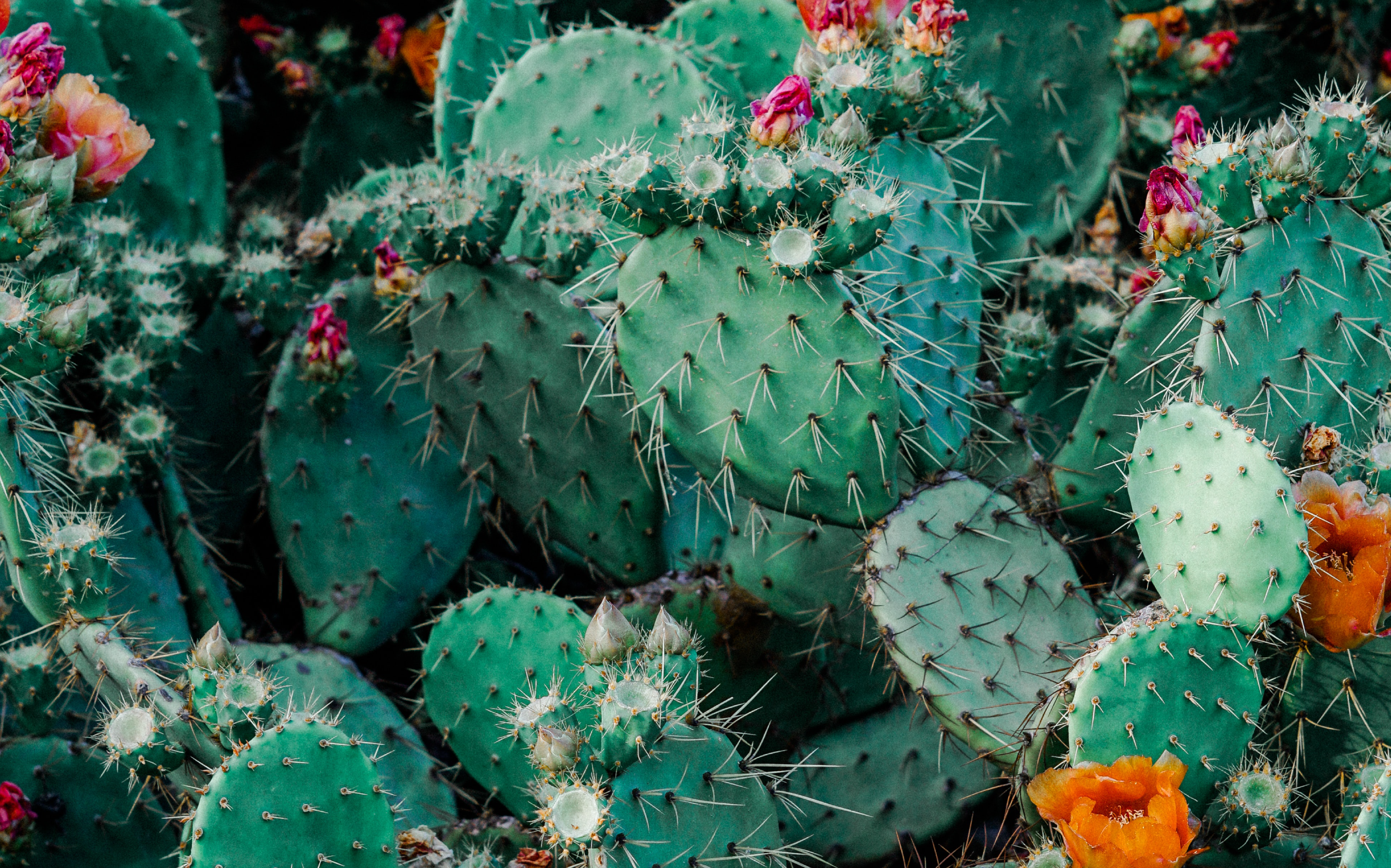Researchers at the Salk Institute examine the role that the hormone jasmonic acid plays in the defense response of plants, an understanding of which could lead to more resilient plants in the era of climate change.
Researchers Study a Plant’s Defense Strategy
Jasmonic Acid
Similarly to humans and animals, plants have hormones. Hormones are chemical messengers, which control and coordinate activities through the body. Jasmonic acid aides in the regulation of many important processes plants, including germination, seedling growth, root development, fruit opening, the development of flowers, leaf senescence (aging), etc.
Furthermore, jasmonic acid signals the plant to defend itself against environmental factors and insects. A more thorough understanding of this hormone could potentially help plants combat climate change. In addition, it could help us breed crops that are able to withstand some of the changing conditions of our planet.
The Threat of Climate Change
Climate change poses many threats to us. Rising CO2 levels and temperatures on earth mean that plants will have to grow bigger and will take more water in order to survive, which could severely impact our water supply. Studies conducted with vegetables yielded some disturbing results which suggest that vegetables could lose their nutritional properties due to climate change. The rising temperatures could cut also crop production at alarming rates. An increase of four degrees Celsius, for example, could cut vegetable yields by 35% in the second half of the century. Thus, making efforts to understand a plant’s mechanisms of defense is strategically sound.
The Methodology & Findings
Using an Arabidopsis thaliana, a small flowering plant in the mustard family, a researcher at Salk exposed the seeds to additional doses of jasmonic acid to determine what the plant’s communication system looked like in defense mode. They published their findings in Nature Plants last week in which they reveal a complex network.
Professor Joseph Ecker, co-corresponding author and Howard Hughes Medical Institute investigator says, “it enables us to understand how environmental information and developmental information is processed, and how it ensures proper growth and development.”
First, the researchers at Salk took plant seeds grown in Petri dishes to mimic conditions underground. This period is critical to the survival of the plant because it is also most susceptible to attack from insects and fungi. “If your seeds don’t germinate and successfully emerge from the soil, then you will have no crop,” co-first author and co-corresponding author Mathew Lewsey says. After three days, the researchers exposed the plant to jasmonic acid and conducted a complex series of tests in order to identify the exact location of their defense regulators.
“By deciphering all of these gene networks and subnetworks, it helps us to understand the architecture of the whole system,” co-first author and researcher Mark Zander says. “We now have this very comprehensive picture of which genes are turned on and off during a plant’s defense response. With the availability of CRISPR gene editing, these kinds of details can be useful for breeding crops that are able to better withstand attacks from pests.”
This will theoretically make it easier to identify the genes involved in the plant’s defense system and target them.















